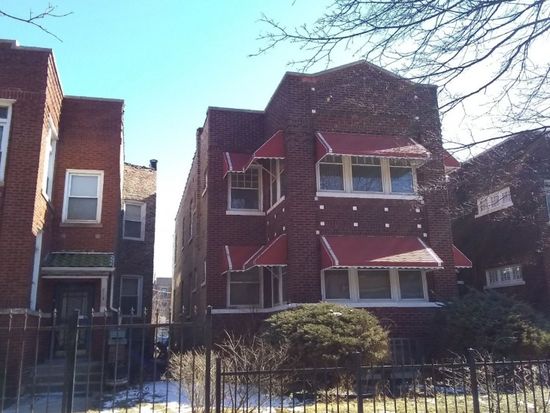
Just blocks away from the Maxwell Street Market, the new warehouse complex was built around 14th Street (now officially renamed South Water Market), between Racine and Morgan, on the west side. Here were tumble-down houses which could be bought for a song, and the Loop was far enough away that the land was much cheaper… and every railroad terminus in the city was within a mile and a half.” After being compelled by the courts to vacate the riverfront, the merchants banded together and built the new South Water Market. According to Frederick Rex, it was decided to move the market to “…the Valley District, then notorious as a center of criminal life and activity. When it was complete, the grand new waterfront boulevard was named after Wacker.Ī grand central terminal with rail and river access was envisioned, but in 1925, wide open spaces were not easy to come by. Construction was fully underway by 1925, beginning a multi-year effort. To realize Burnham’s design, Wacker set about clearing all the buildings from the area and drastically reshaping the landscape. The city’s first Plan Commission was led by Charles H. His inspiration for the design was similar to the infrastructure in Paris. The plan was to divide the traffic functions into different levels: commercial traffic below and passengers above. They moved it to a place where the odors of horses and rotting produce, mingling with the noise and congestion of a busy produce market, would not conflict with the seemingly more “civilized” activities of the financial and retail districts just steps away.Īs part of his Plan of Chicago, Daniel Burnham designed an ambitious multi-level road and freight management system to help relieve the congestion on the riverfront. The Loop (the city’s central business district) was beginning to modernize, and city planners prioritized removal of the Market to a less central area. Many of the buildings housed the bustling wholesale produce markets and grocery distribution warehouses, taking in freight from the riverboats on the back side, while the front was a colorful and crowded scene of horses and wagons, barrels and carts (later trucks), picking up loads of fruits and vegetables.


The original Water Market sat along the south side of the main branch of the Chicago River – the buildings sat on South Water Street, backing right up to the edge of the water (hence the name). Of course I said, “Yes!” He then said, “Then you better get back in it and lock the doors.” I grew up in a small town in Iowa and had never seen anything like this place before. I remember the man on the dock asking me if I liked my truck. It was a Sunday, and things were pretty quiet, with only a few other trucks there. I’ll never forget the first time we delivered to the Market. There are so many interesting facts to share. I didn’t learn much about its history until I started doing research for this story. In my early days on the road, we used to deliver produce to the Chicago Water Market. The building fronts were going to be refurbished, and the insides of the buildings were scheduled to be demolished and then rebuilt, converted into cafés, bars and shops, keeping some of the history, but modernizing it, too. He told me that there were only four businesses left and that they would be relocated within the next month or two, at most. This was the first time I’d ever been there, and when I started talking to the receiver, Mario, I found out it would also be the last. A few months ago, I got to deliver to the then still-functioning Fulton Meat Market.


 0 kommentar(er)
0 kommentar(er)
